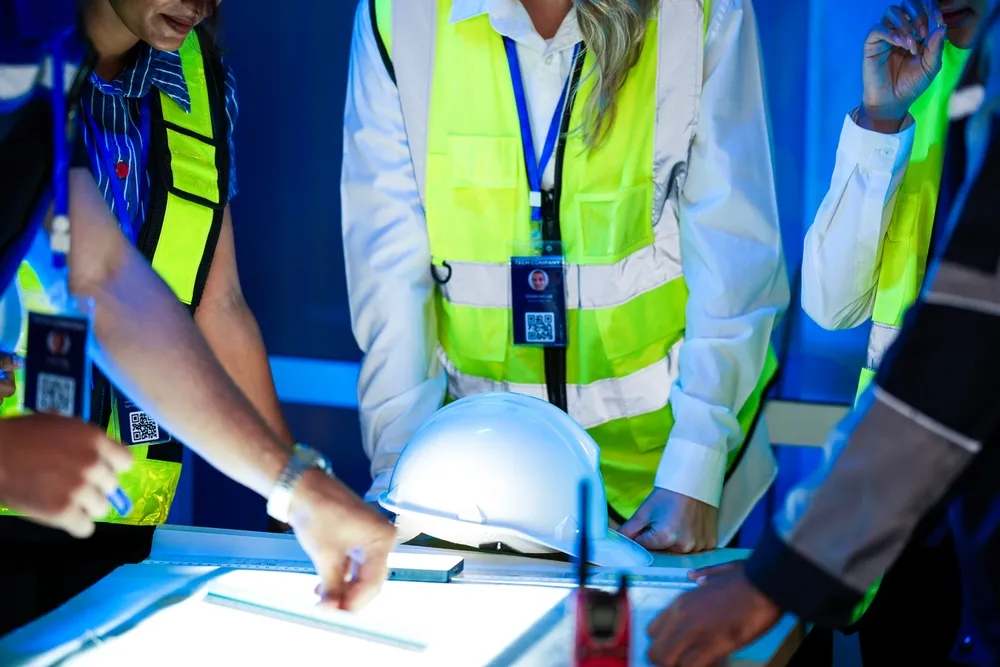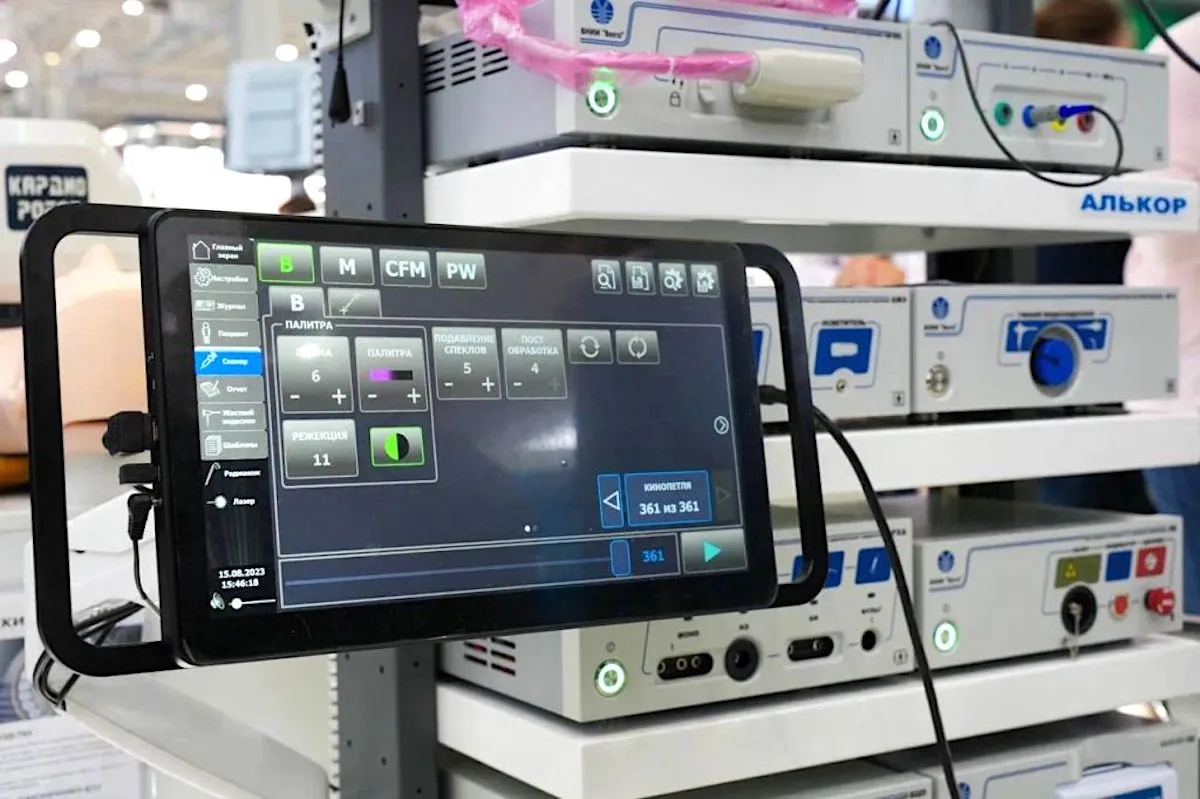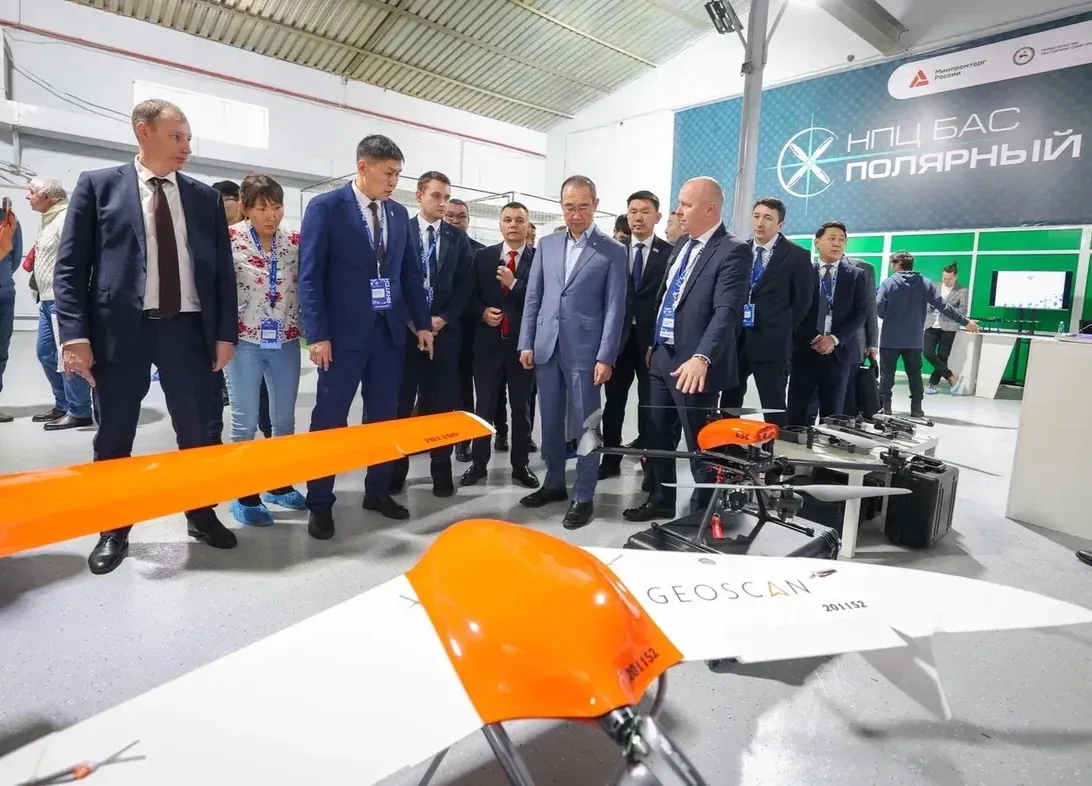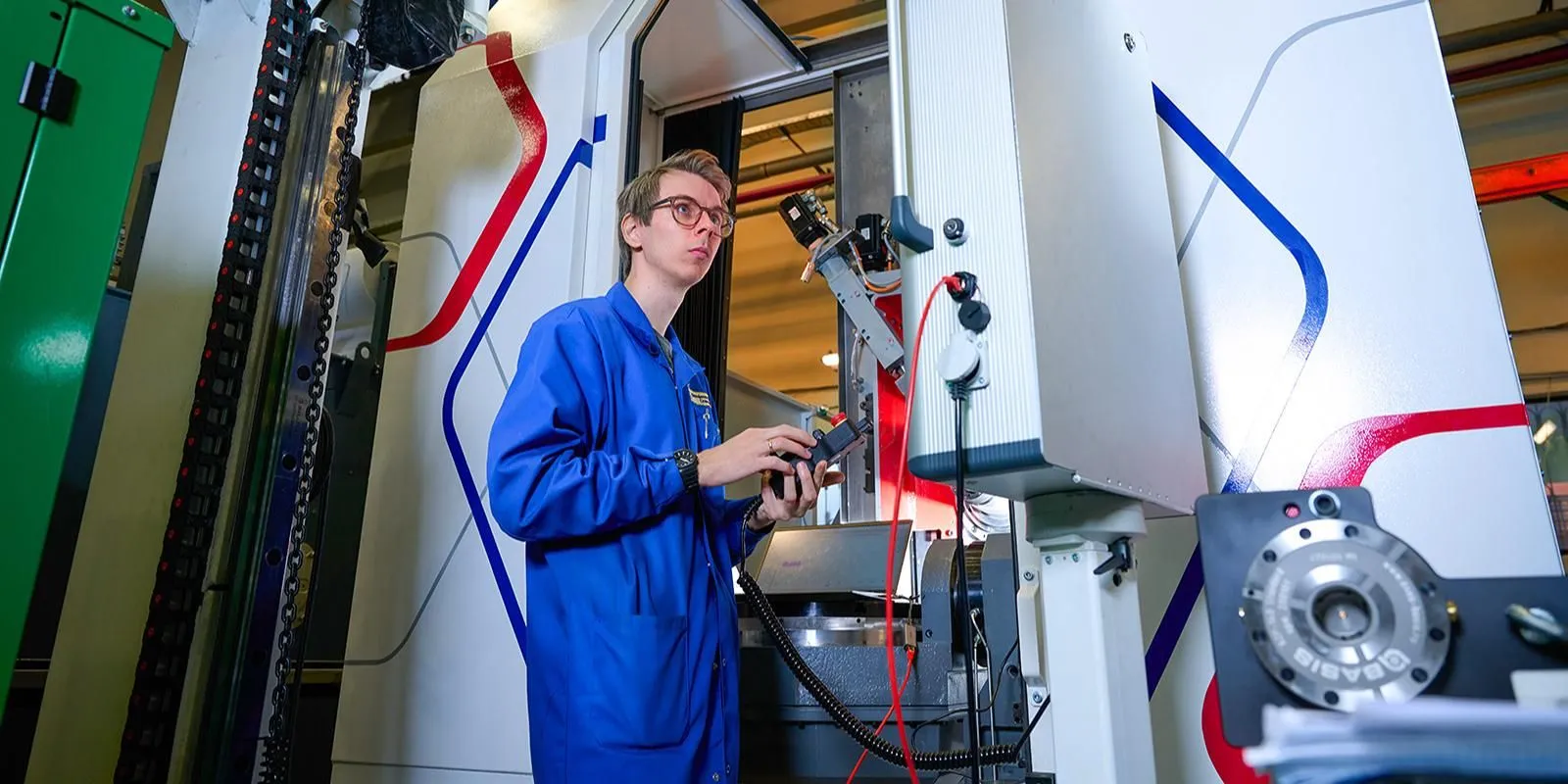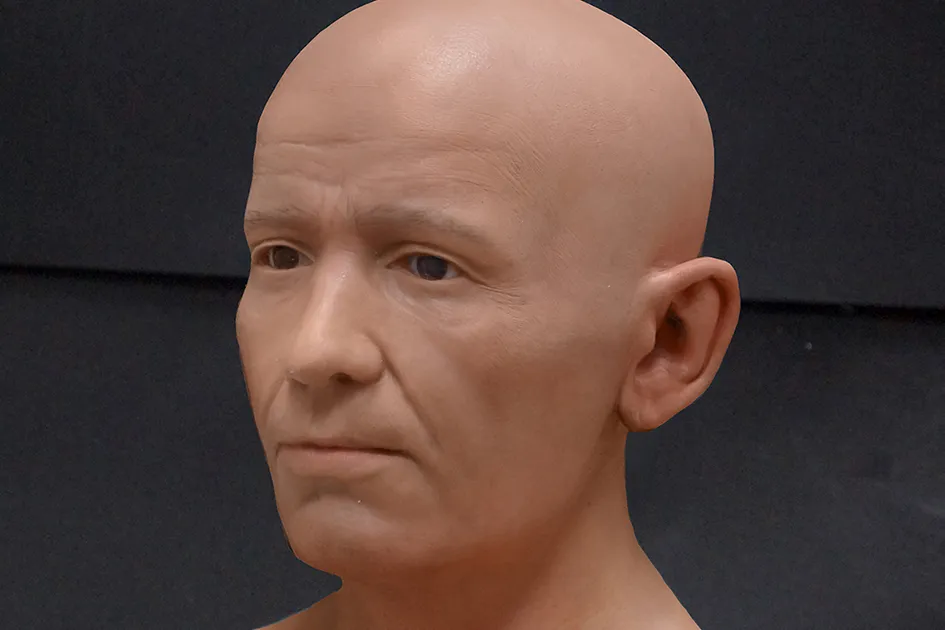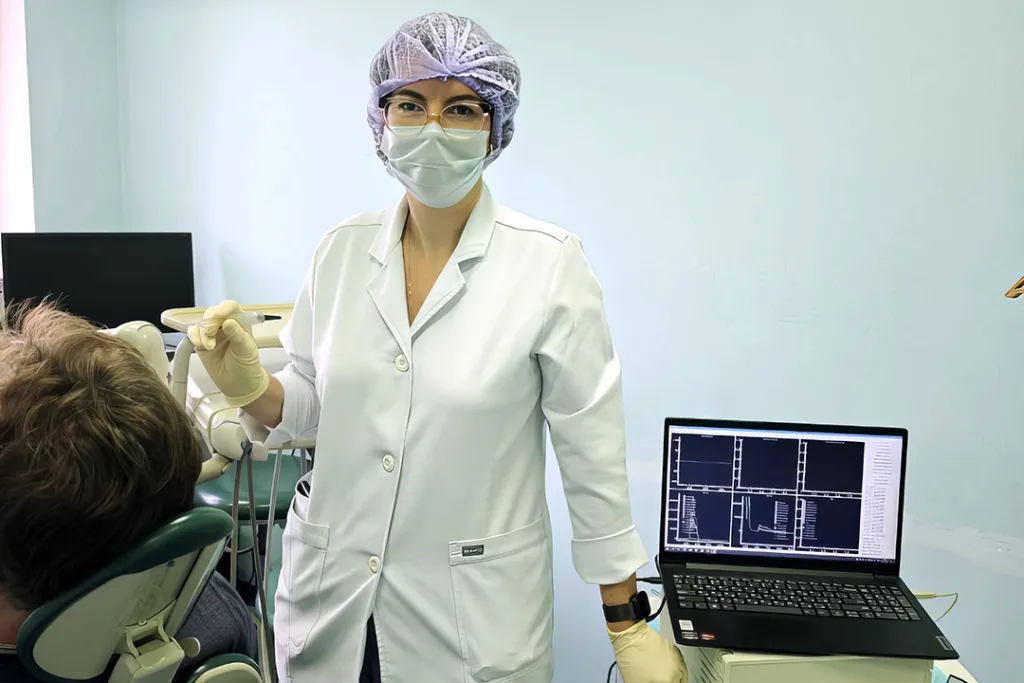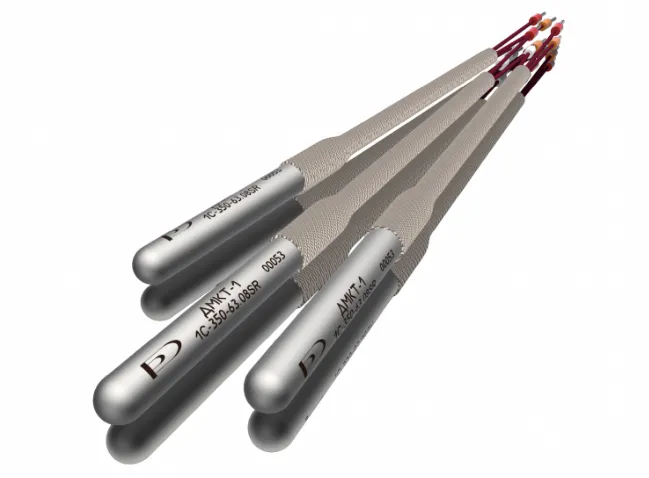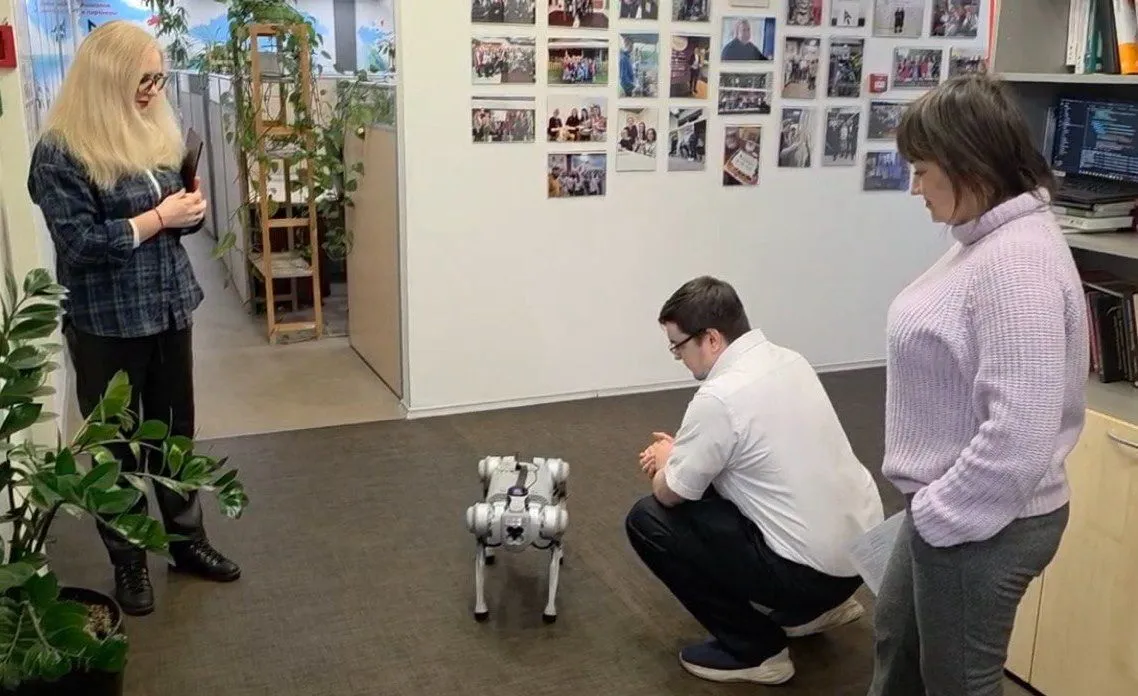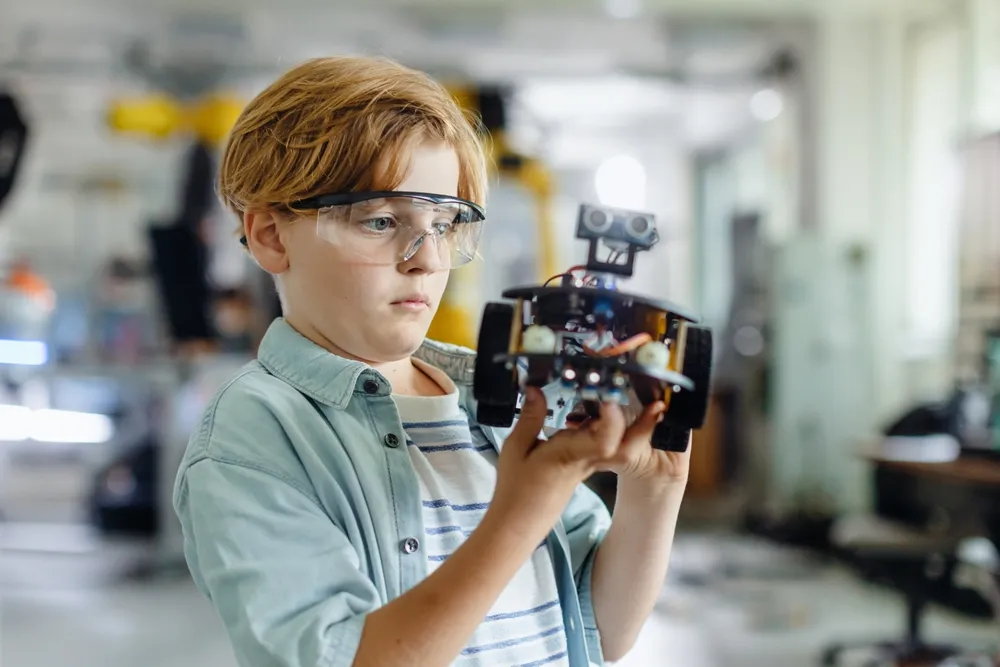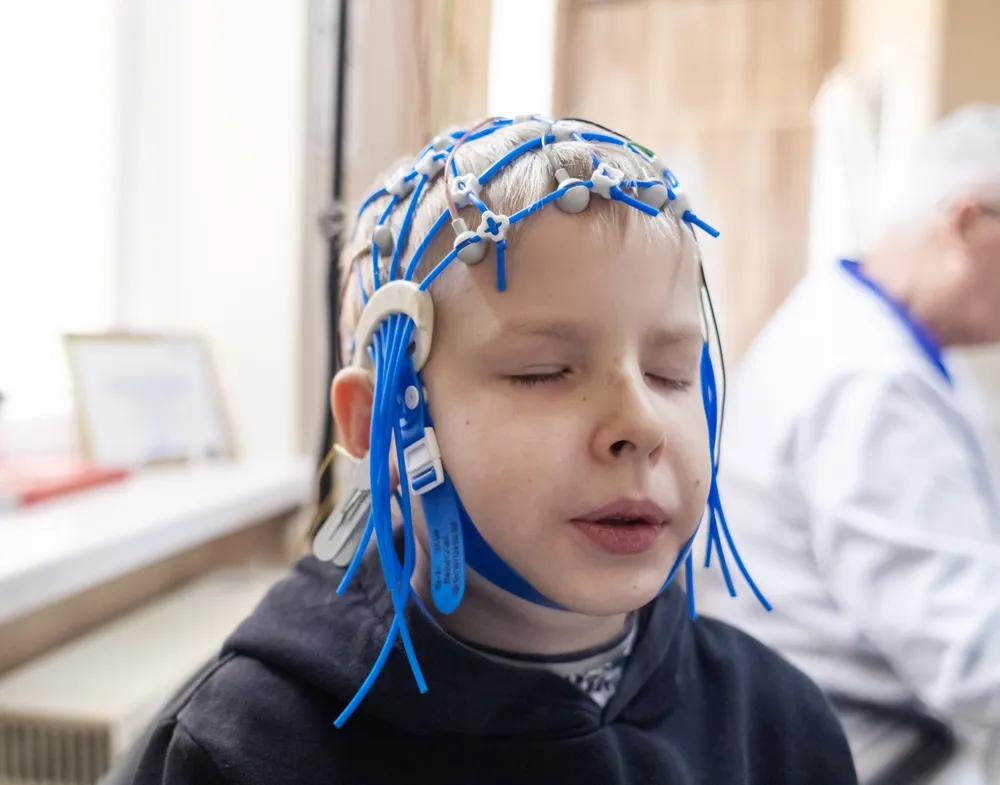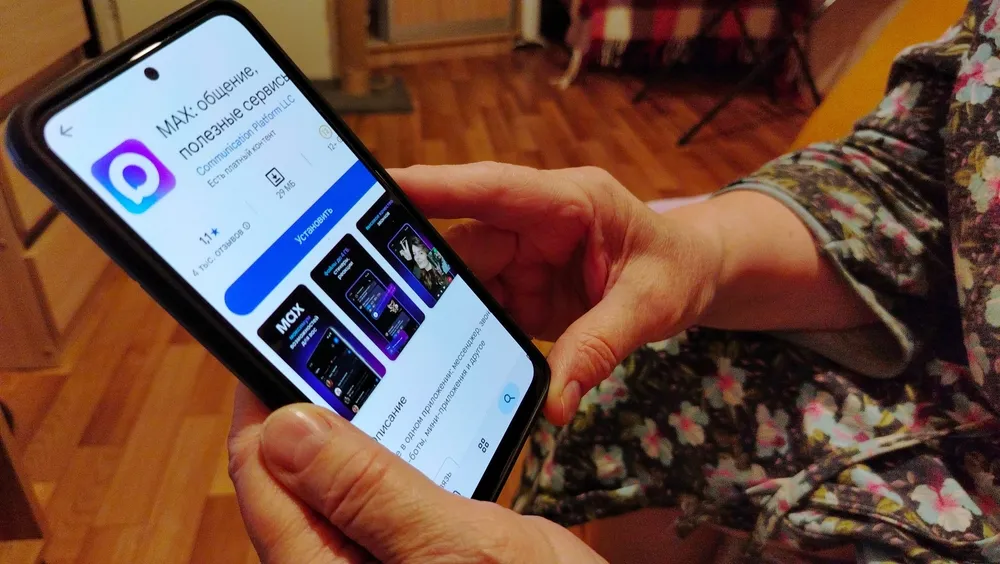Russian Schoolboy Builds Robot Panda to Help the Deaf Learn Sign Language
The young inventor plans to patent his creation and promote it for use in specialized schools
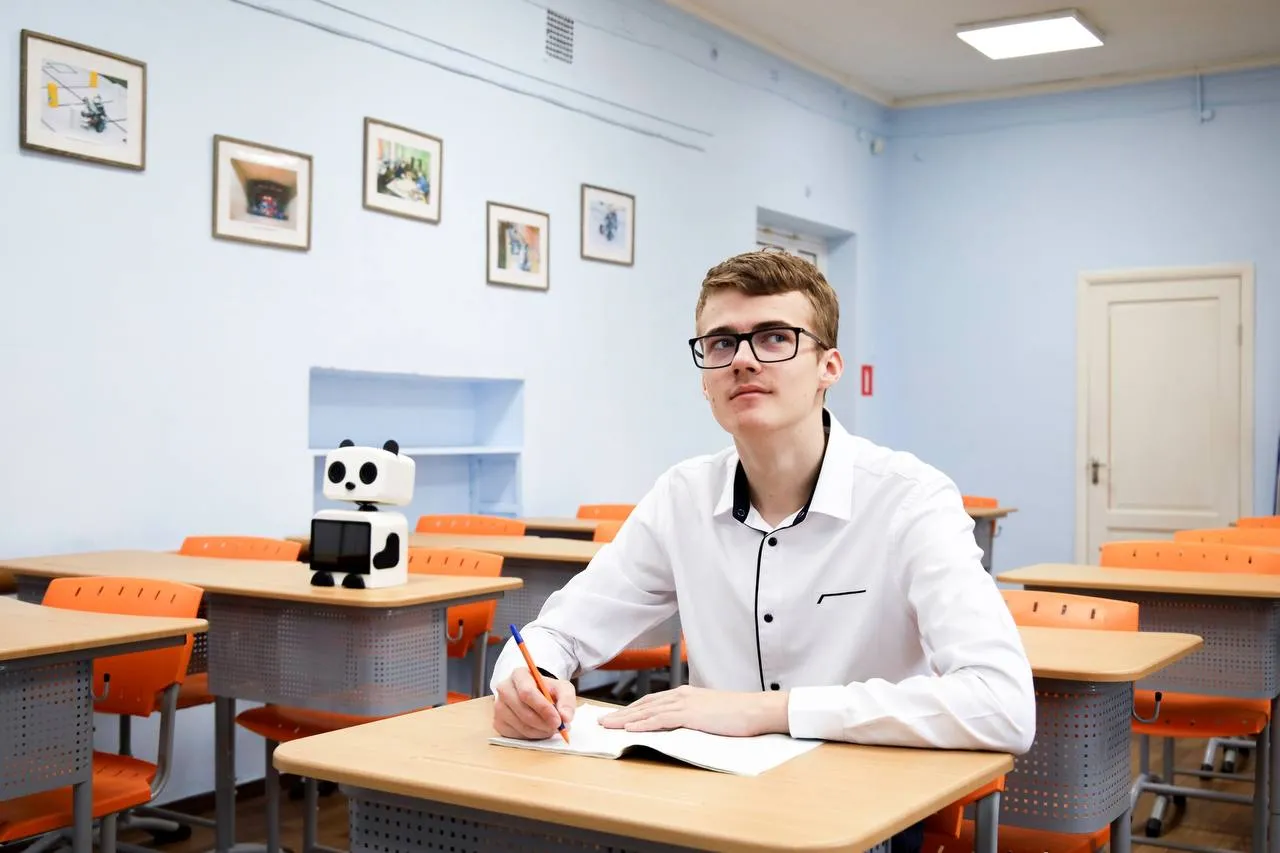
An 11th-grade student from Elektrostal, Vitaly Simonov, has developed a robot panda named “Daktik”, designed to help deaf and hard-of-hearing people learn sign language. The invention, which Vitaly hopes to patent, could become an important tool for inclusive education — not only in Russia but worldwide.
The robot’s body was 3D-printed, and its friendly panda design, with expressive digital eyes, helps establish emotional connection during interaction. “Daktik” operates in four modes: it teaches the alphabet of sign language, helps users expand their vocabulary, master full phrases, and take interactive tests.
The robot recognizes gestures using computer vision and artificial intelligence, according to the Moscow Region Ministry of Education.
From Empathy to Innovation
Vitaly worked on his invention for three years, with active support from his father. He tested four prototypes in a boarding school for hearing-impaired children, improving the system each time.
His creation has already earned national recognition — winning awards at the All-Russian Robotics Olympiad, the Russian Robotics Championship, and a Rosatom innovation festival.
The project shows how AI, empathy, and creativity can come together to make technology more human — and education more inclusive.








